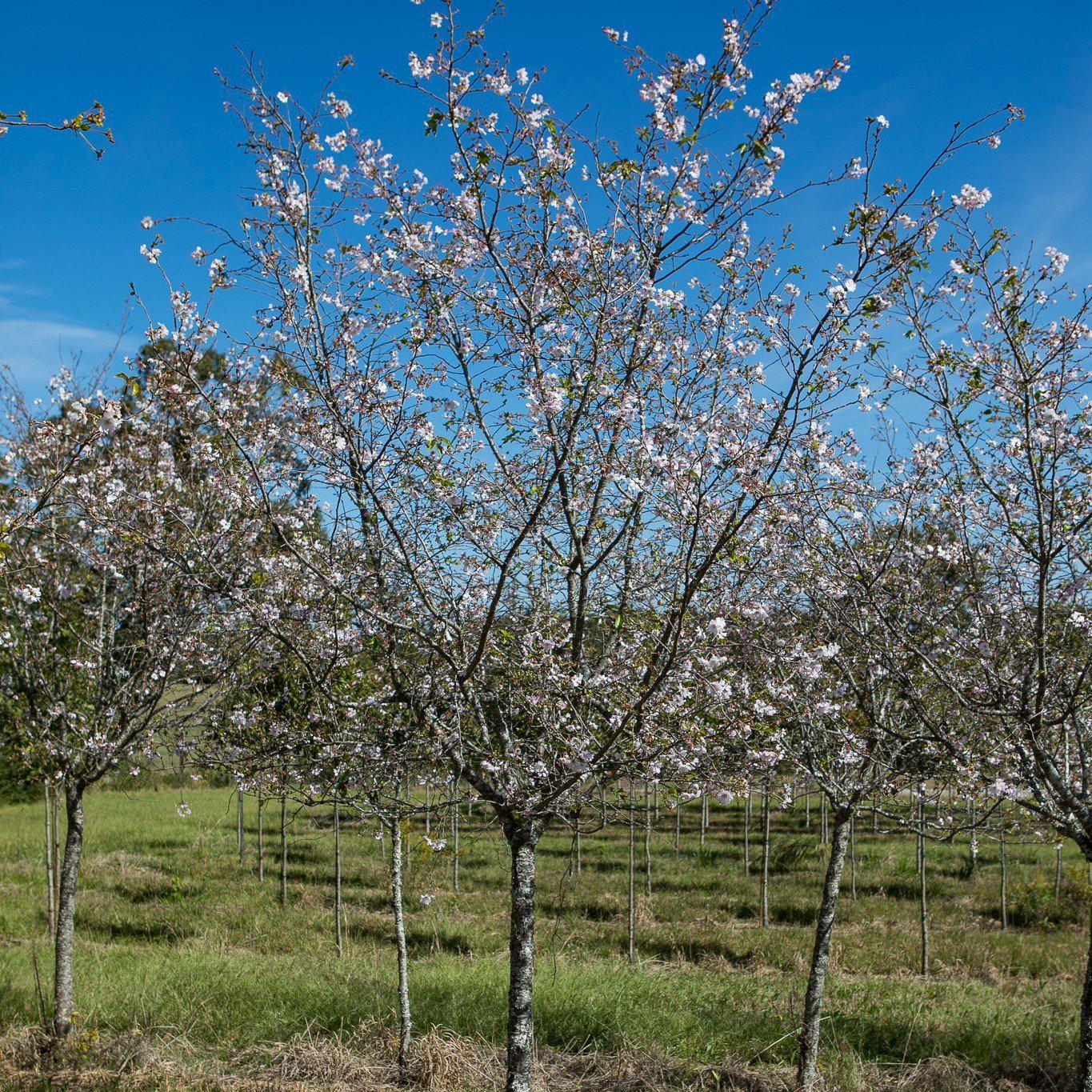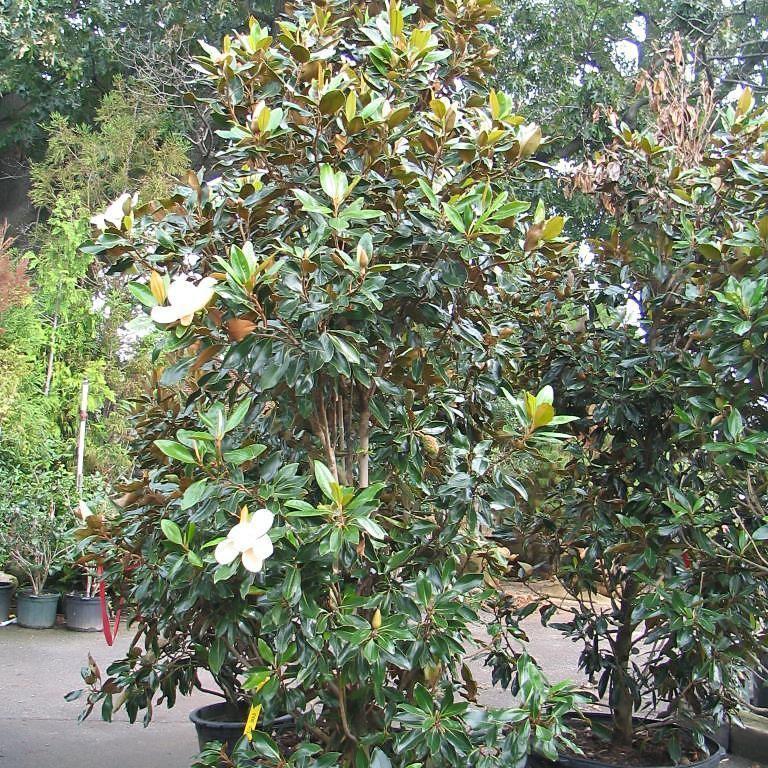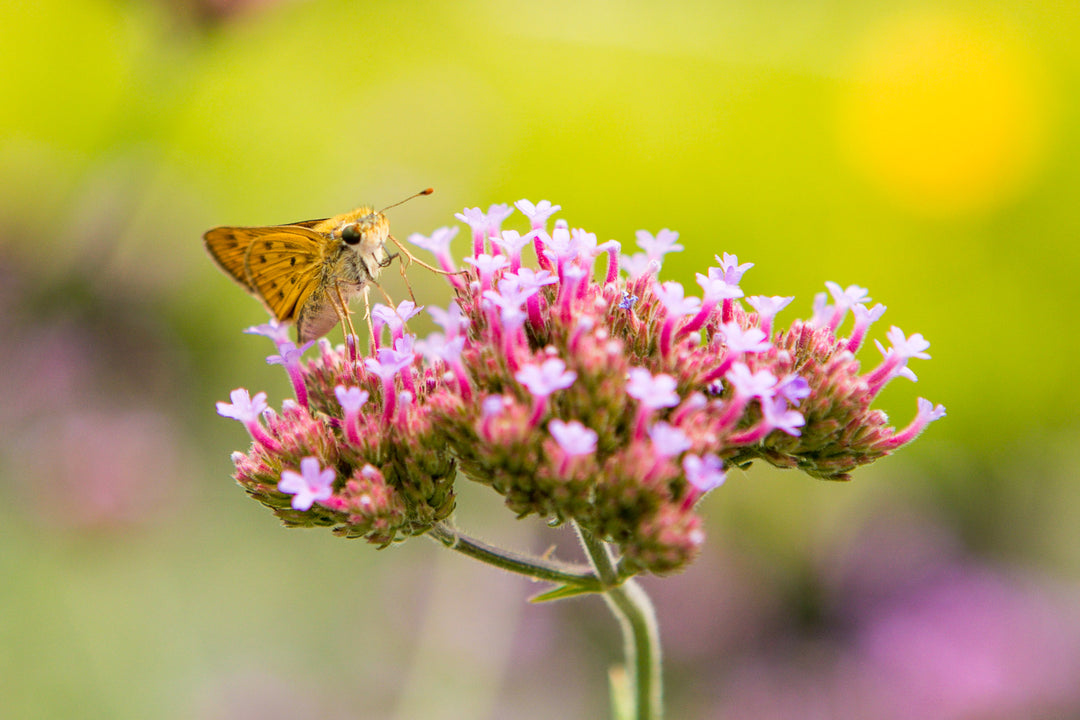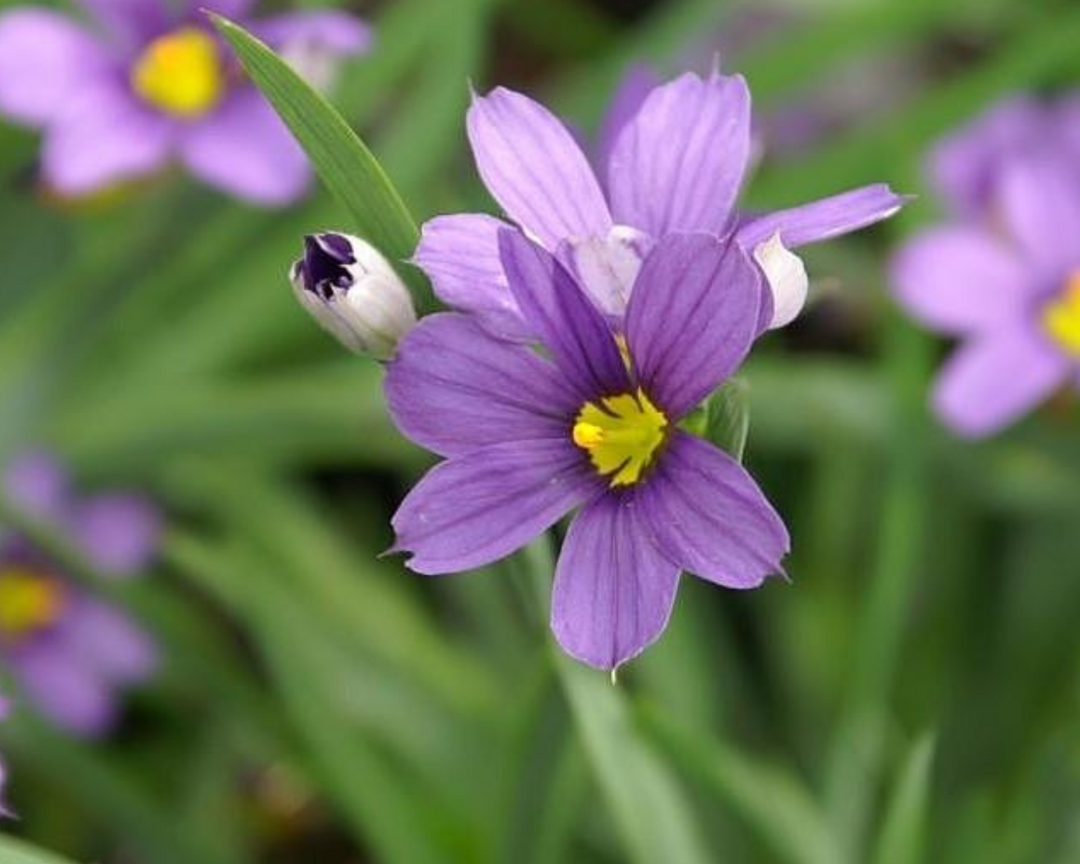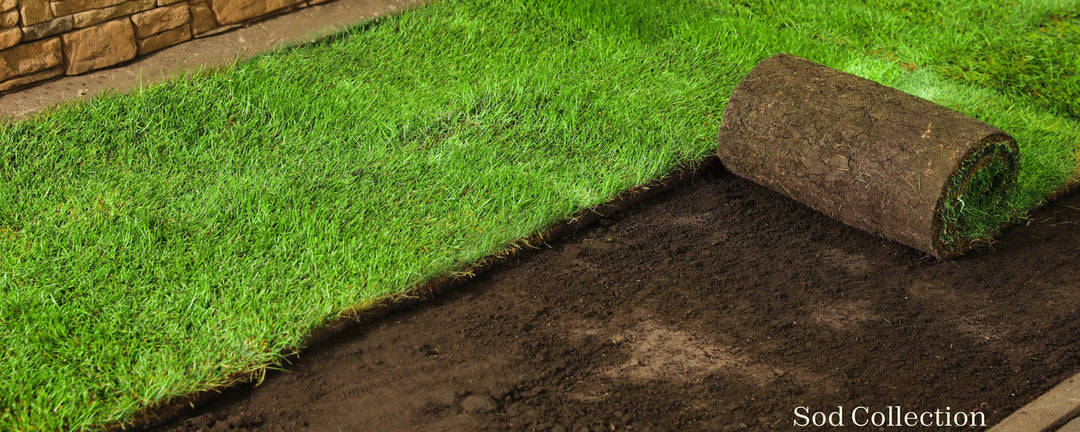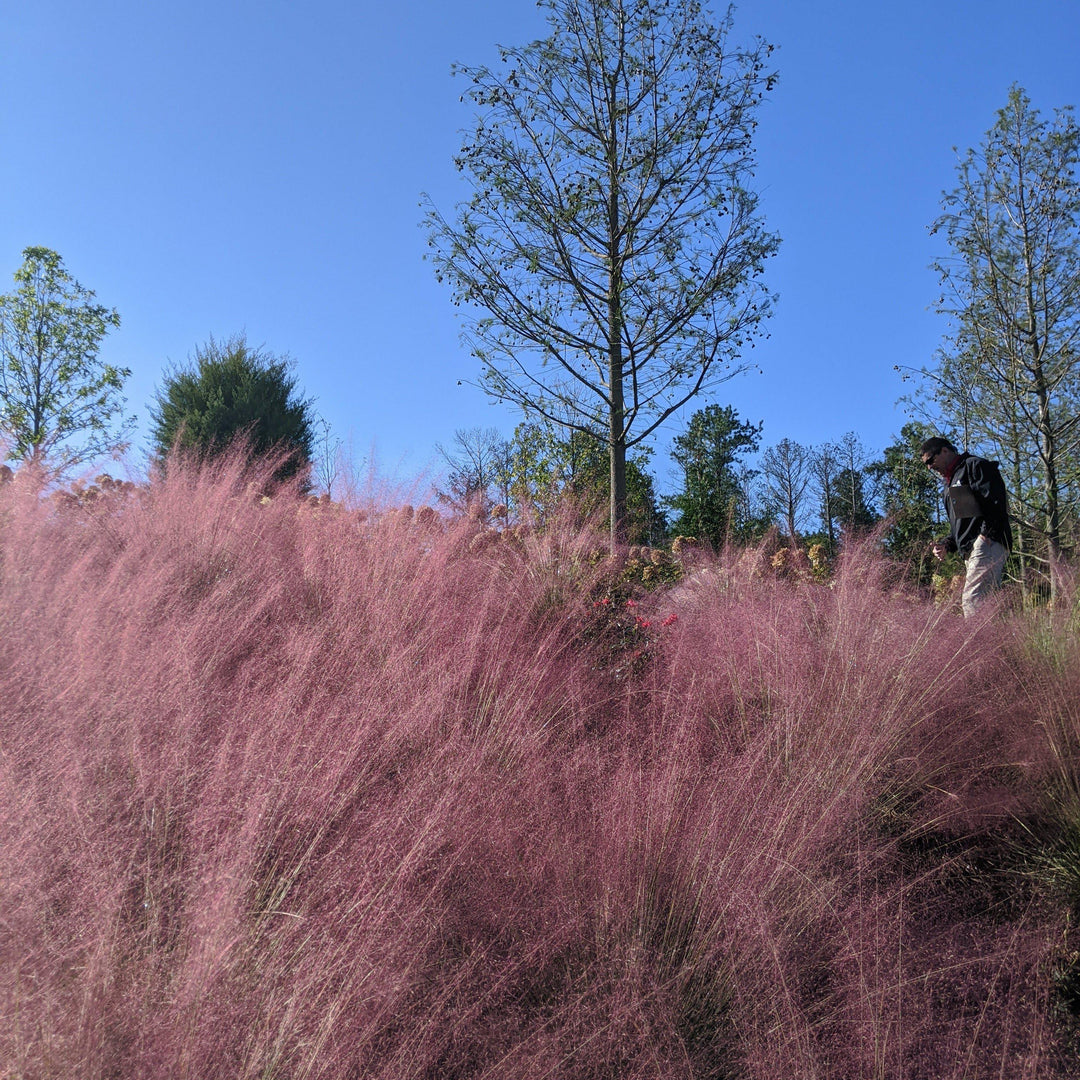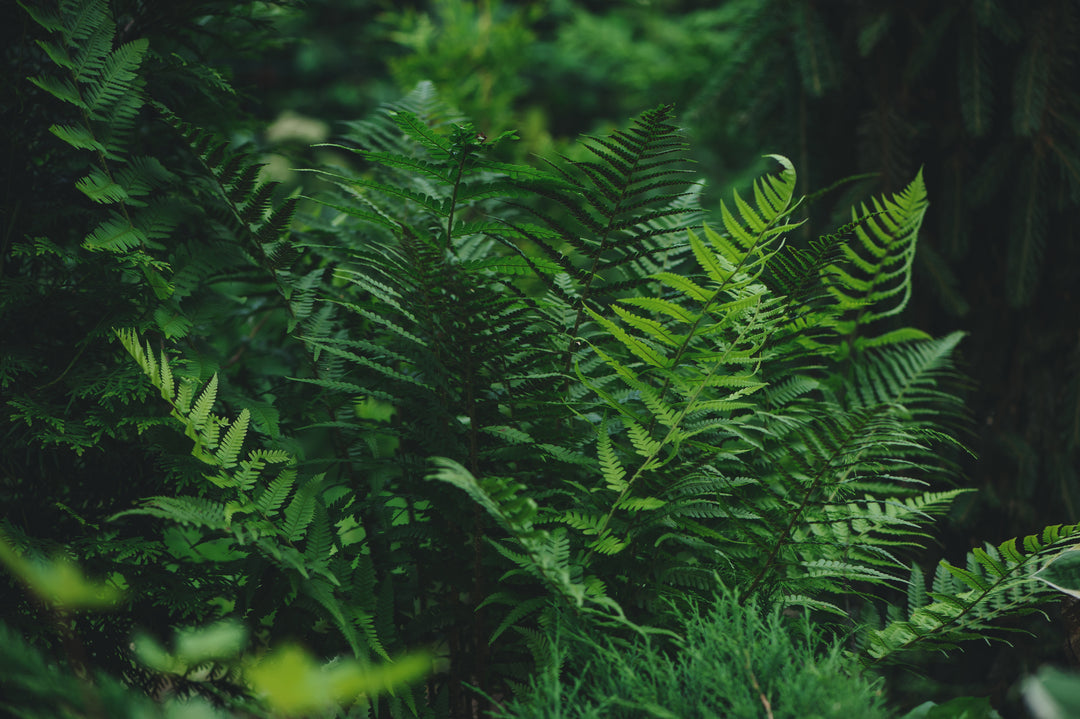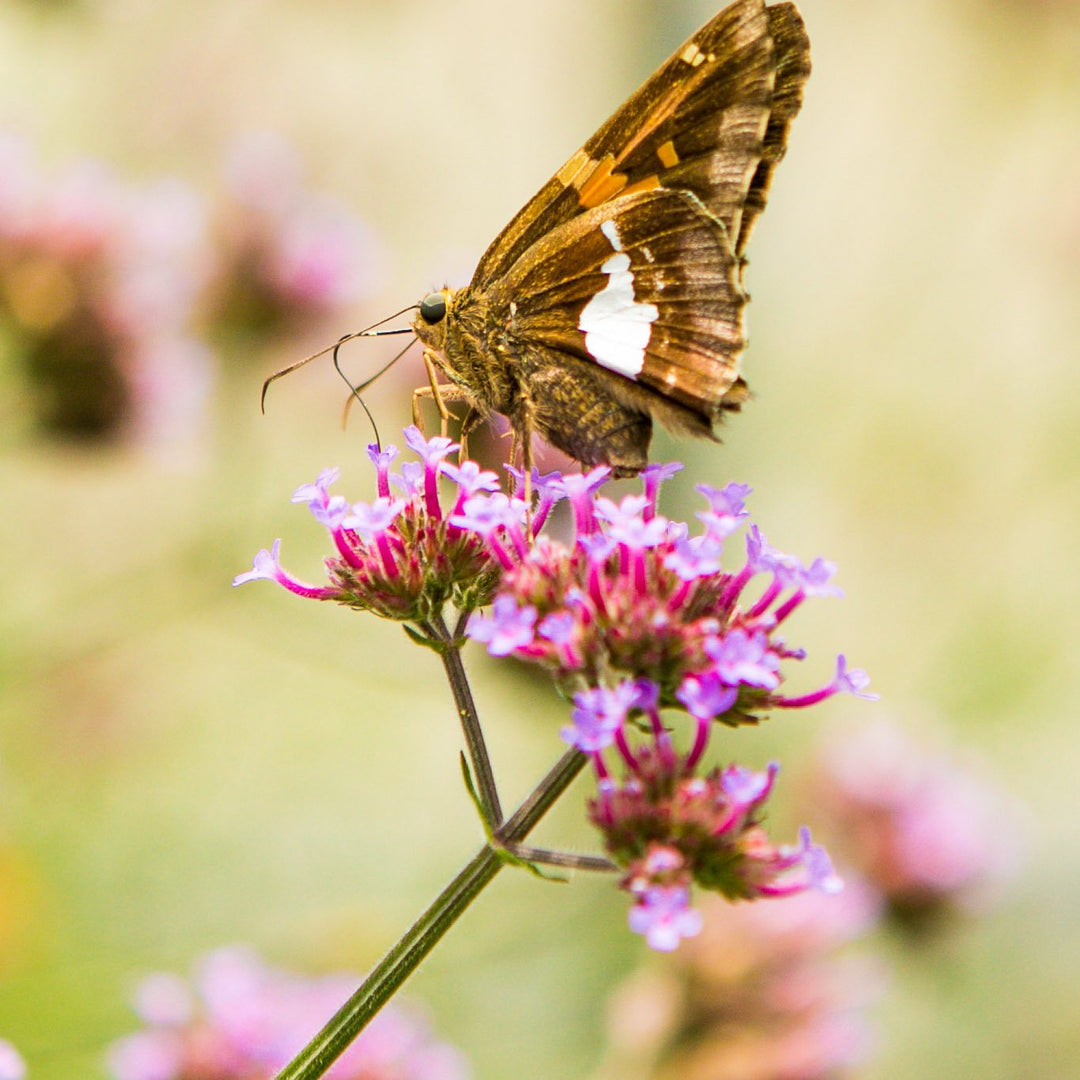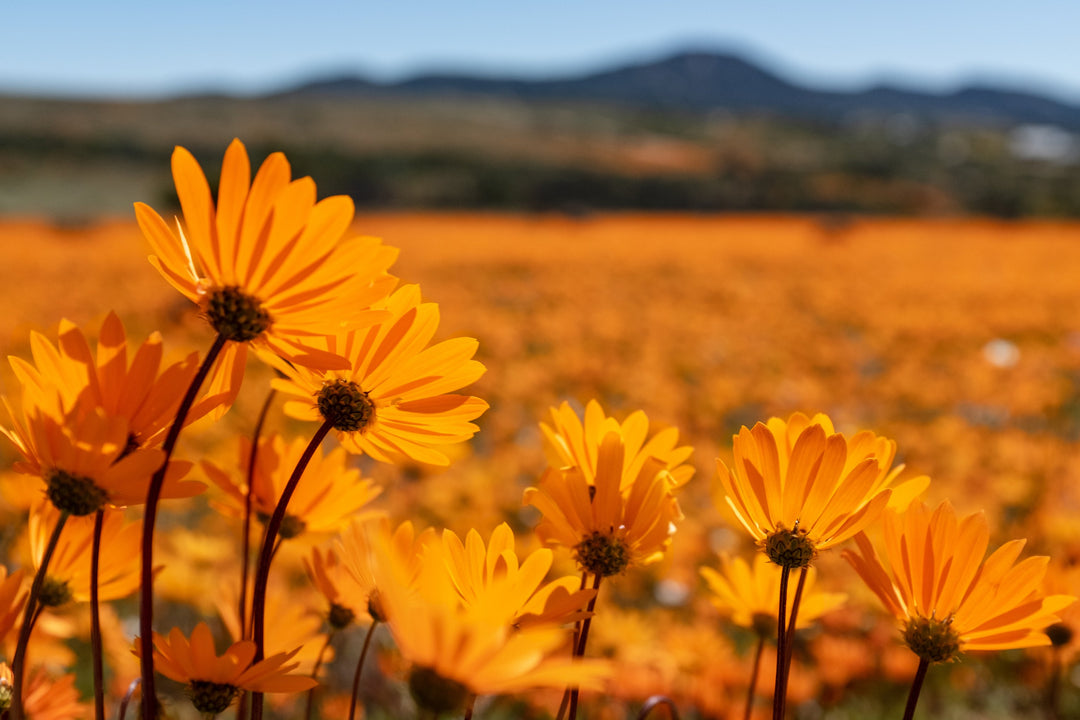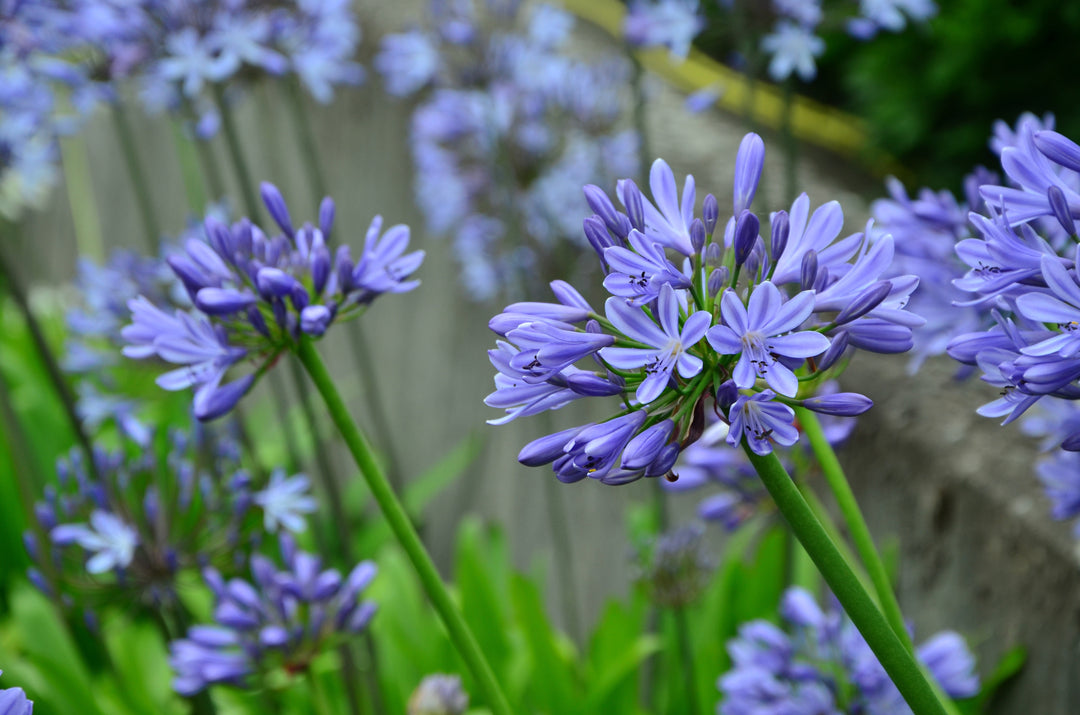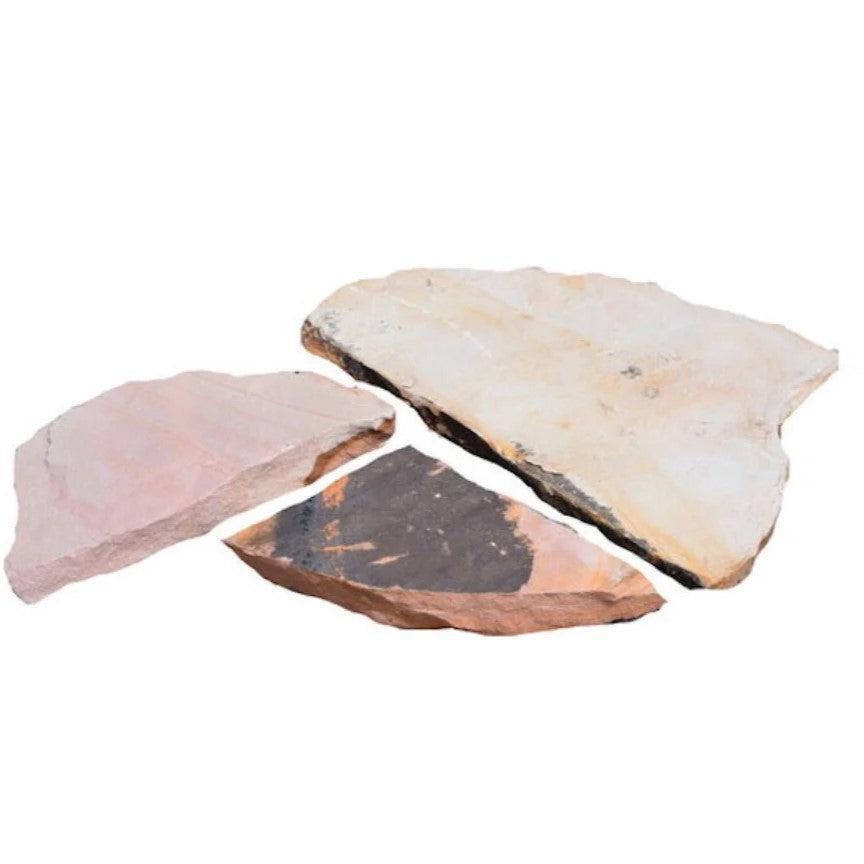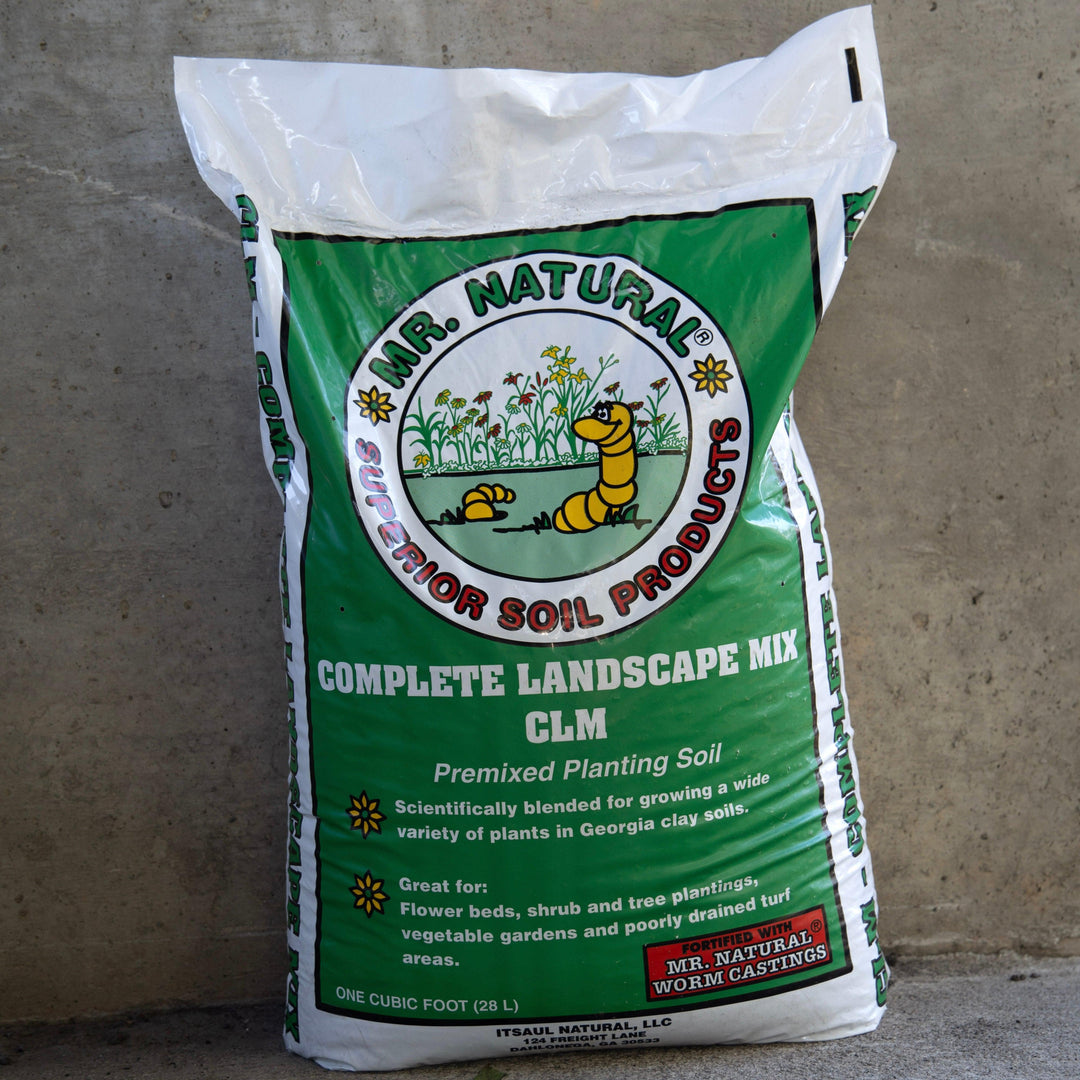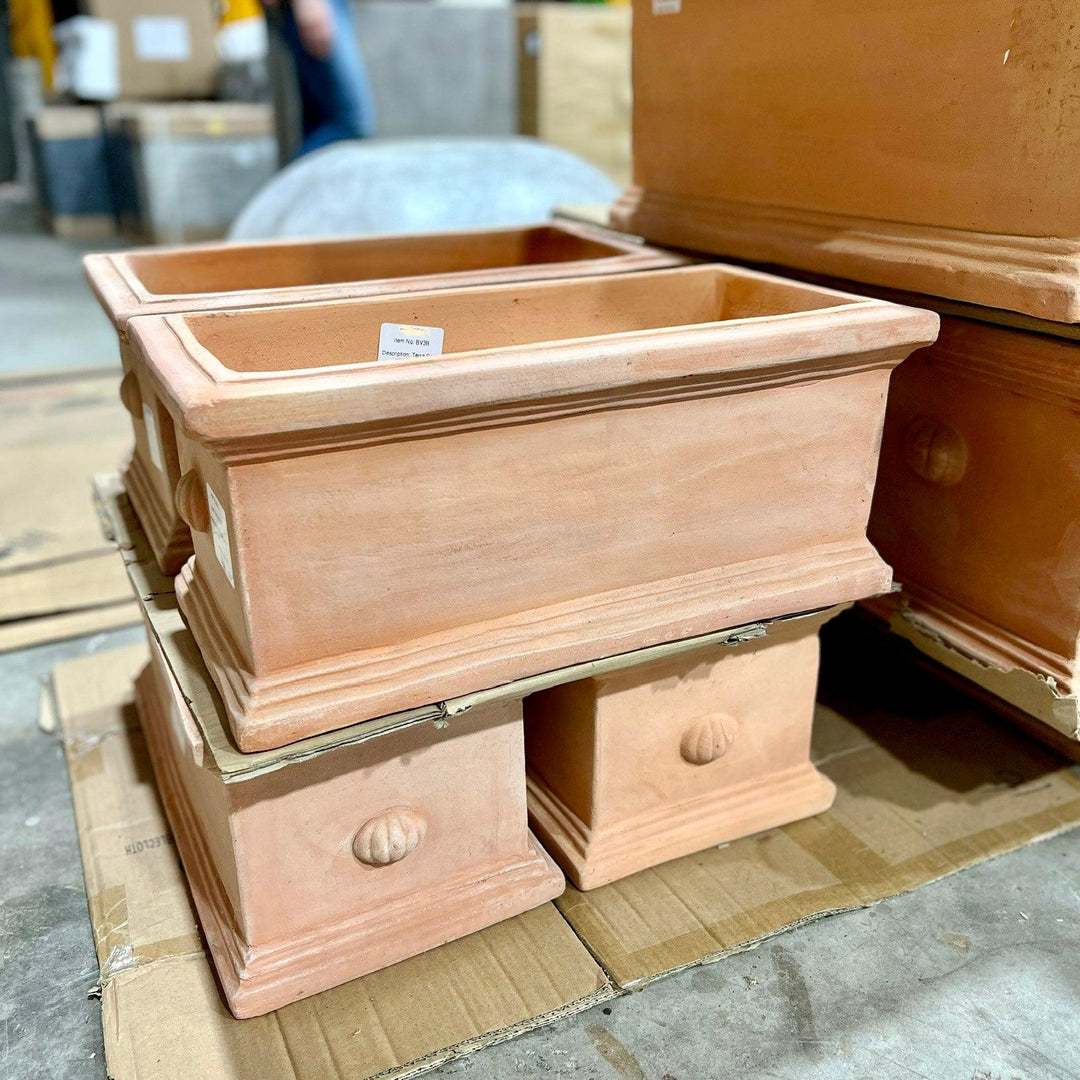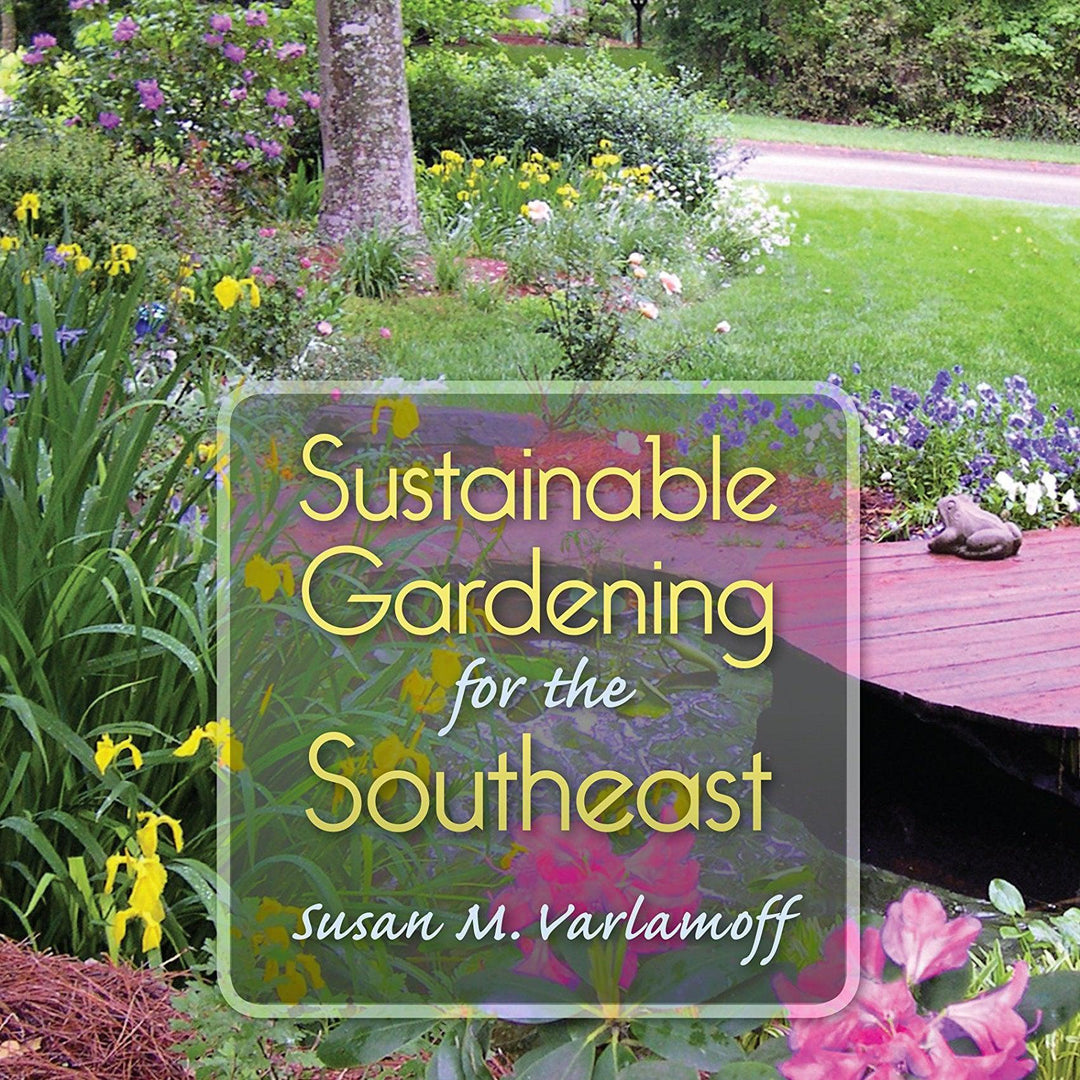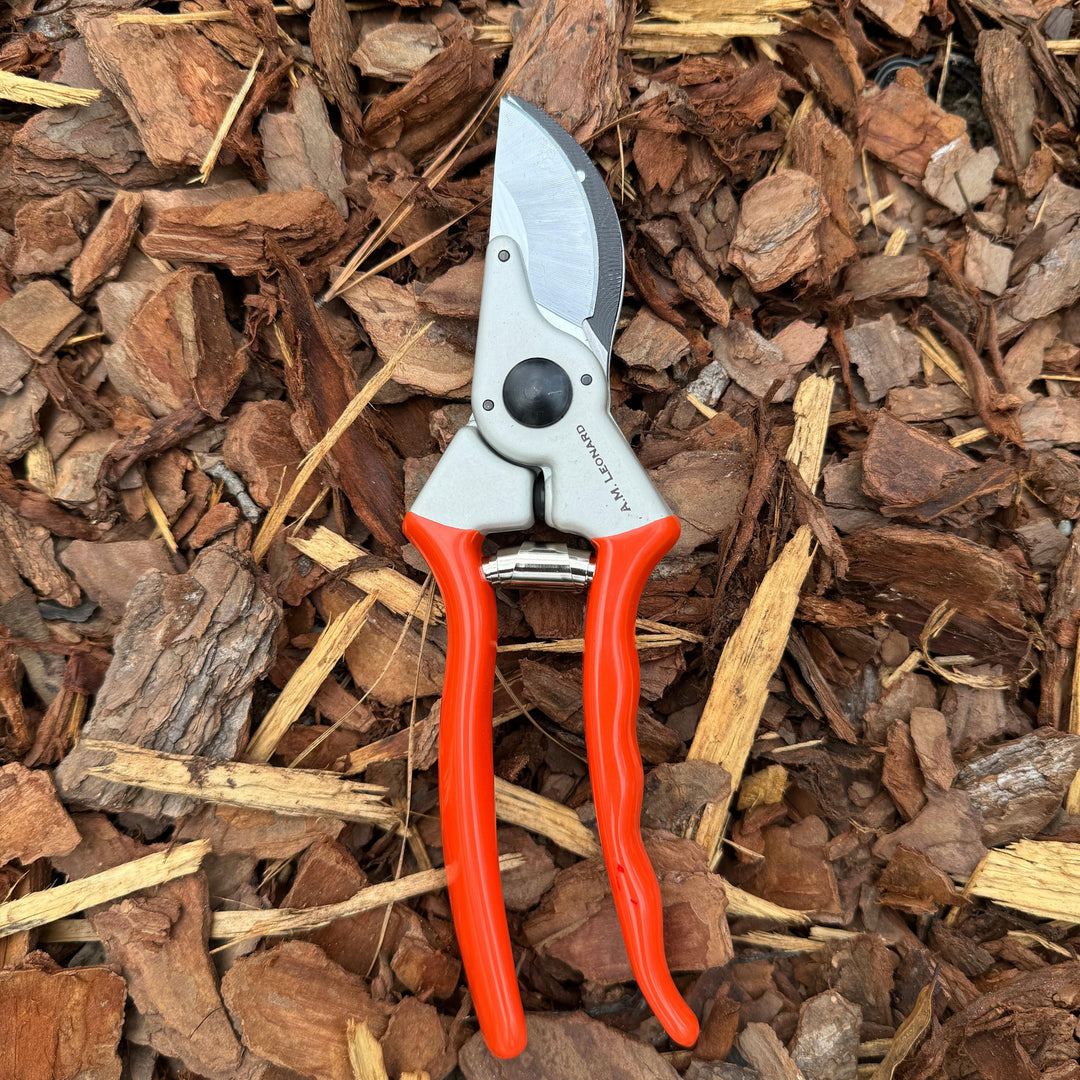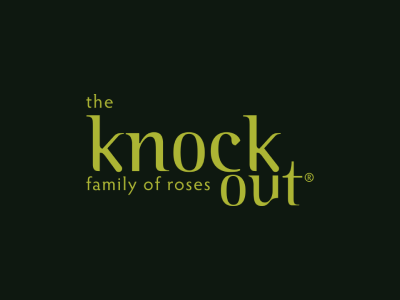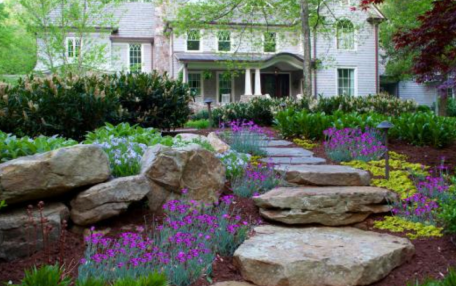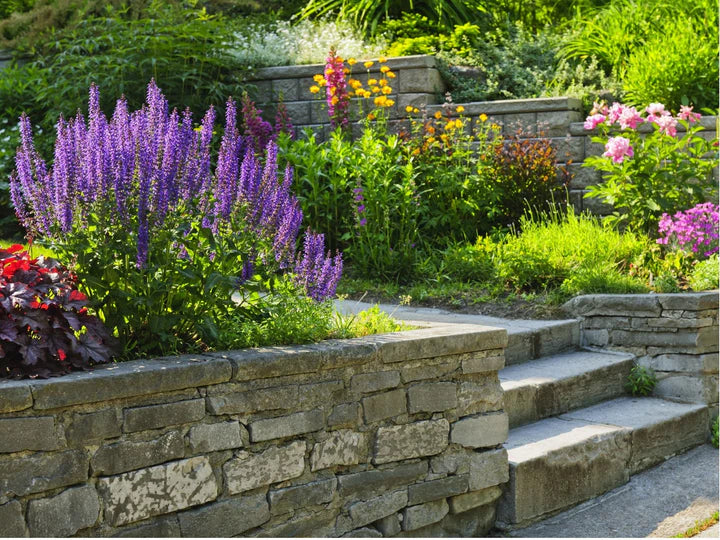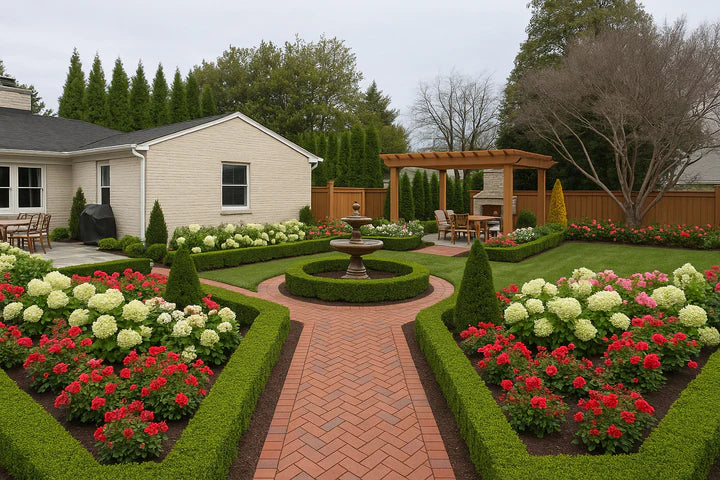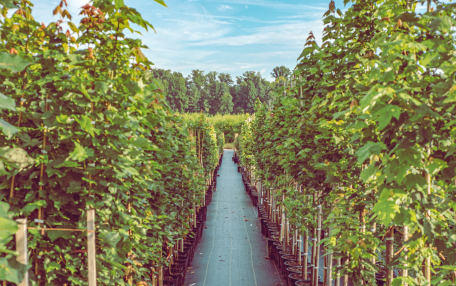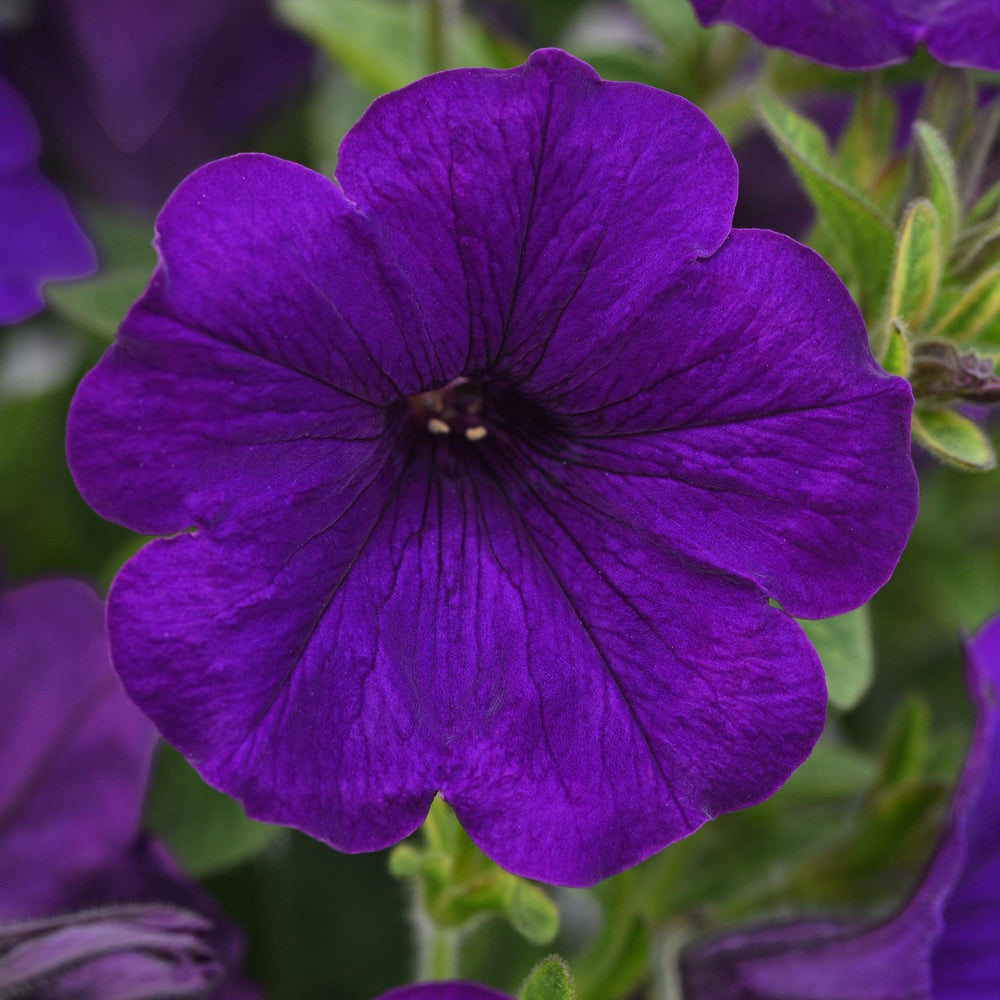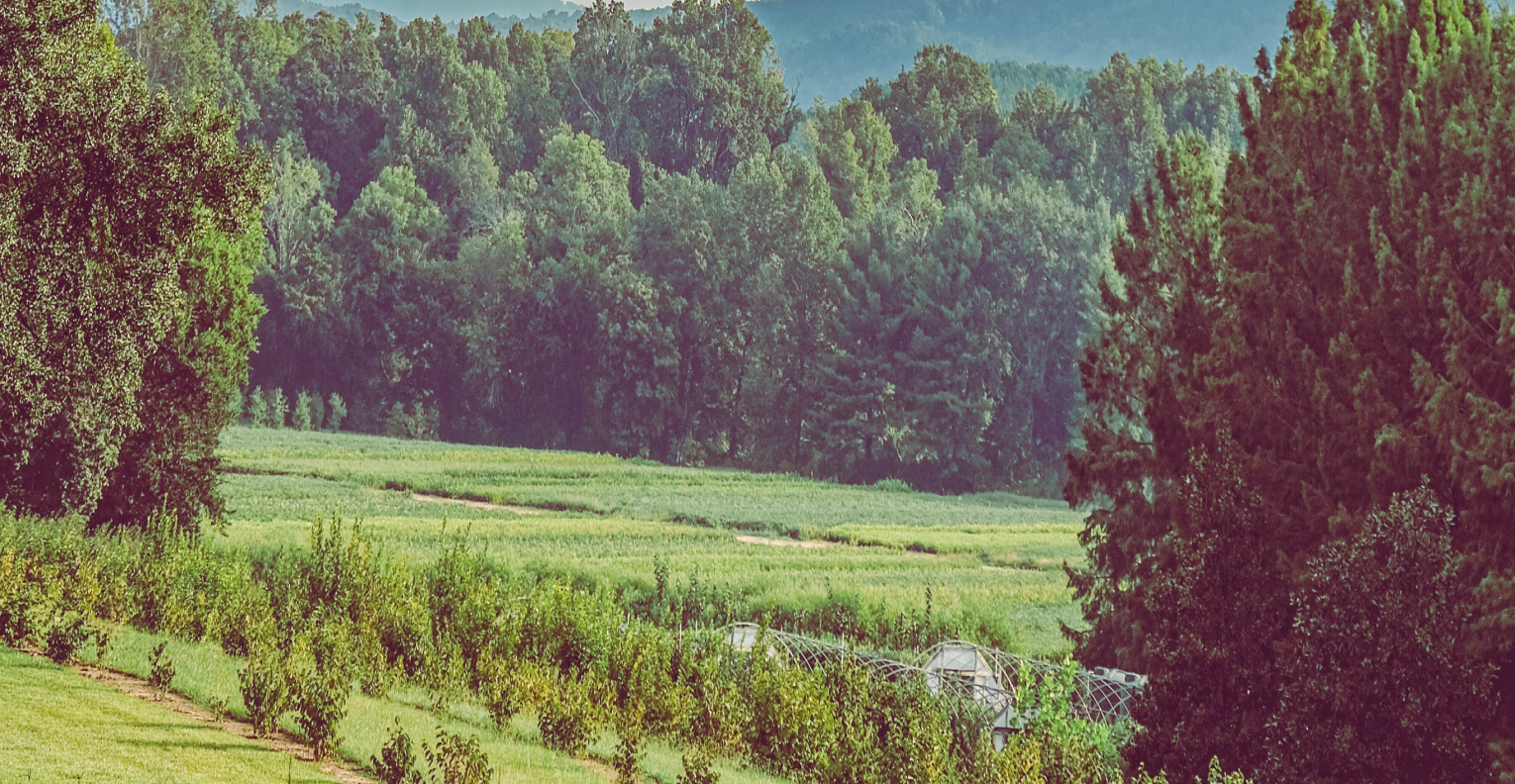The Higan Flowering Cherry, also known as Prunus subhirtella 'Higan' or Prunus pendula 'Higan', is a beautiful ornamental tree that is highly valued for its abundant and showy spring blossoms. Here's some information about the Higan Flowering Cherry:
-
Appearance: The Higan Flowering Cherry is a small to medium-sized deciduous tree with a graceful, weeping habit. It typically grows to a height of 20 to 30 feet (6 to 9 meters) with a spread of 15 to 25 feet (4.5 to 7.6 meters). The branches cascade downward, creating a stunning visual display. In early spring, the tree is covered in clusters of pink or white flowers, which can completely envelop the branches and create a breathtaking spectacle.
-
Tolerance: Higan Flowering Cherries are generally hardy and can tolerate a wide range of soil conditions. They prefer well-drained soil but can adapt to various soil types. They also thrive in full sun to partial shade.
|
Type: |
|
|
Height: |
20’ - 35’ |
|
Spread: |
15’ - 30’ |
|
Spacing: |
20’ |
|
USDA Hardiness Zone: |
4 - 8 |
|
Culture: |
|
|
Bloom Color: |
Pink |
|
Season of Interest: |
MAINTENANCE NEEDS: Low Maintenance. Pests and diseases can be a problem. Watch for aphids, scale, borers, caterpillars, beetles and spider mites. Potential diseases include leaf spot, dieback, leaf curl, powdery mildew, root rot, and fireblight. Cherries have weak wood and are susceptible to breakage.
LANDSCAPE USES: Accents or Group Plantings, Borders, Woodland Gardens, Naturalized Areas, Wildlife Gardens, and Shade Tree.
COMPANION PLANTS: Lilac, Viburnum, Coneflower


